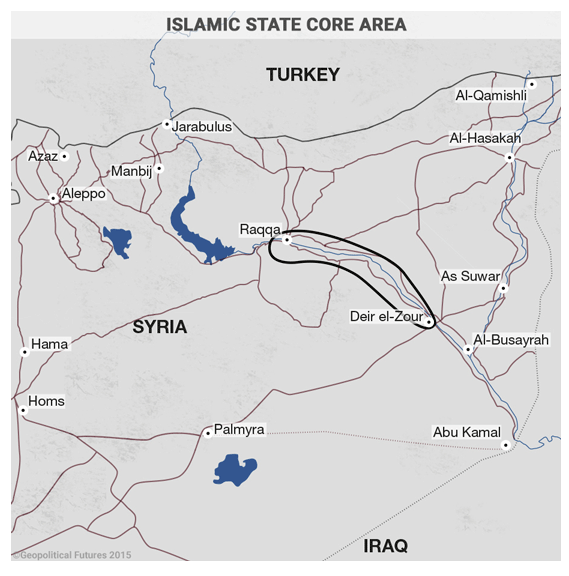The Europeans believed in the European-style nation-state as devoutly as if it were a religion. They divided the region into five states: Iraq, Syria, Palestine, Transjordan, and Lebanon.
It is important to understand how artificial these entities were. The French took the northwest portion and consolidated it into one large state, Syria. However, they had backed the Maronite Christians in a prior civil war and wanted them to have their own state. They did this by carving out the southwestern portion of Syria and lacking a name for it, named it after the major mountain there, Lebanon.
The British had supported an Arab insurgency against the Ottomans in the Arabian Peninsula. When the Sauds defeated their rivals, the Rashidis, shortly after World War I, there were two major tribal confederations in the peninsula. One was led by the ascendant Sauds, and the other led by the Hashemites. The Sauds sought to reconquer them to establish their dominion over as much of the peninsula as possible.
The British had a relationship with the Hashemite patriarch, Sharif Hussein, and they gave his elder son, Faisal I, the kingdom of Iraq. His younger son, Abdullah, was sent to Amman, a small town on the east bank of the Jordan River. Lacking a name for the region surrounding Amman, the British called it Transjordan and arbitrarily drew border lines in a desert few would live in. “Trans” was later dropped from the name, and it became simply Jordan.
The British also promised the Jews a state on the other side of the Jordan—while promising the Arabs there would be no Jewish state. They tried to solve the problem by creating a Jewish state where there hadn’t been a state for almost 2,000 years and giving Jordan authority over the Palestinian-majority West Bank.
The point is that there is nothing natural about any of the Middle Eastern borders. Some of the states were created on a more solid foundation than others, but they were all invented over the last century. In fact, Sunni, Shiite, Arab, Kurdish, Persian, and Turkic dynasties have been competing in the Middle East since the 10th century.
No surprise, then, that Syria and Iraq were ruled by dynastic, secular tyrants while Lebanon collapsed into civil war. Or that Syria and Iraq fell into chaos when one tyrant was removed by the Americans and the other was backed into a corner during the Arab Spring. Or that the most European of countries, Israel, easily adapted to life as a nation-state and created a modern military based on the European model in ways the Arabs have not been able to
Indeed, the forces that shaped the Arab-majority Middle East are all non-Arab. Israel, Turkey, Iran, and Saudi Arabia are the major powers that frame the region. Saudi Arabia, the one Arab state that arose out of Western rule over the Middle East, is the weakest of the four.

The center of the frame—Iraq, Syria, and occasionally Lebanon—has collapsed.
Iraq exists in theory only, as the Shia-dominated government is merely one faction among several. The same is true for Syria, where Bashar al-Assad is simply a warlord battling other factions. And no one wants to assert power south of the mountains. The Turks now are far more cautious than their Ottoman predecessors.








